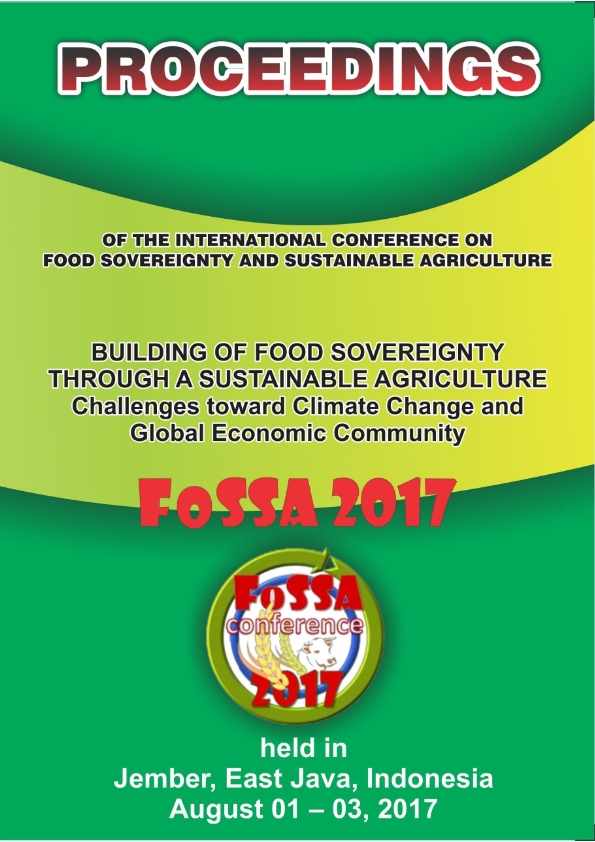SOCIAL-ECONOMIC MODALITIES, NON RICE FARMING ACTIVITIES AND THEIR ROLES ON THE VULNERABILITY OF CLIMATE CHANGE OF VILLAGES SURROUNDING KERINCI-KERINCI SEBLAT NATIONAL PARK, LEBONG, BENGKULU
Abstract
The impacts of global warming are easily recognized by the extreme change of the climate at a given region. Moderate changes such as the shifting onset of rainy and dry seasons could also generate the hardship for rice farmers in areas which were known to have stable climatic regimes. The distortion of rainfall from its normal pattern will influence the grain production through the increasing failures of pollination processes and diseases. The determination of magnitude and vulnerability will assist to policy makers to provide proper interventions to render the impacts of climate change. The study was aimed to determine the vulnerability of Rice farming dominated villages near the Kerinci-National Park, and the role of socialeconomic modalities and non-rice farming practices to the vulnerability. Data used were social-economic profiles of 9 villages within Lebong Sakti district, Lebong Regency. Landuse types, the percentage of rice farmer households to the total household population, and the types of rice field were included as indicators for potential impacts for climate change, while education backgrounds, the type of household income, farmer group, and supporting infrastructures for rice farming, coffee production, and livestock were considerd indicators for adaptive capacity. Scoring and weighting processes of the indicators were carried out through focused group discussion with twelve experts from various government agencies. We followed Saiffudin et al (2017) to define the five vulnerability categories. The results showed that of 9 villages, Ujung Tanjung I, Ujung Tanjung II and Magelang Baru were respectively cotegorized as very high and high vulnerability. Only one village, Lemeupit was low vulnerability, and the rest were categorized as very low vulnerability. Villages that have their landuses dominated by simple and semi-irigated rice field would likely become high or very high vulnerabilities. The vulnerability even became greater, if the sensitivity as expressed by the high dependency of the population to rice agriculture was higher. Education backgrounds did not play determinant roles on adaptive capacity of the villages. The number of farmer groups, the agriculture infrastructures, and coffee productions made the majority of the villages categorized as very low vulnerability. The type household incomes and the animal husbandary substantially influenced the adaptive capacity as well as the vulnerability of the villages.


